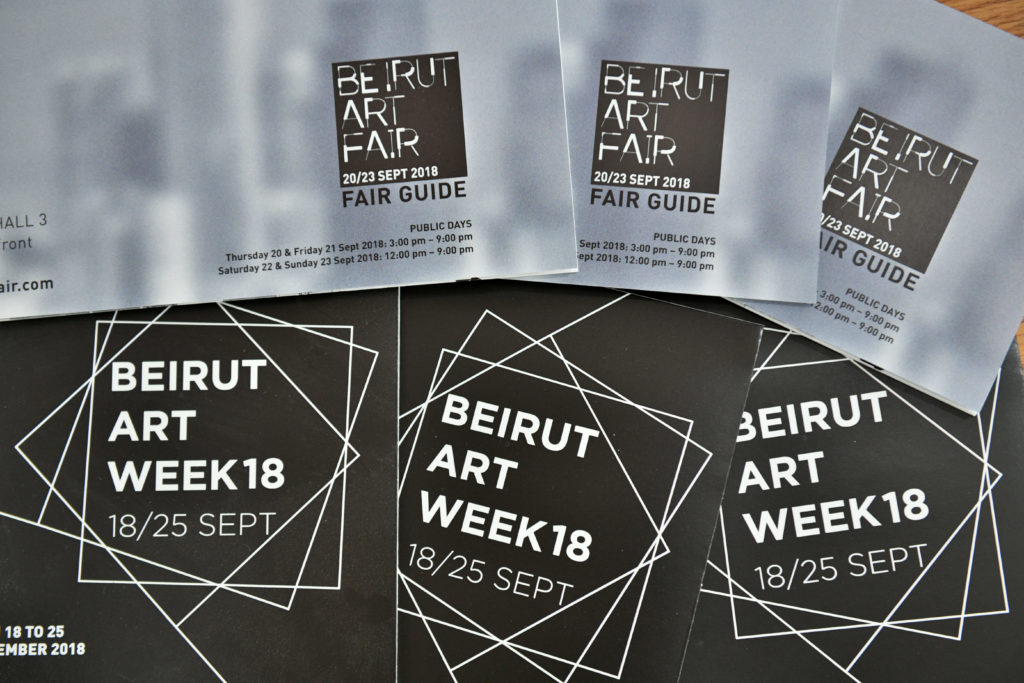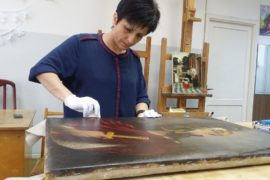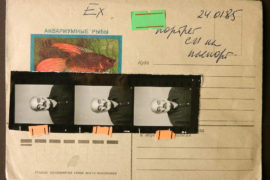September 2018 saw Lebanon present its ninth BEIRUT ART FAIR. Hosting 53 exhibitors, the fair also included two stand-alone exhibitions, as well as a week of events that run concurrently across Beirut.
Consisting of predominantly Lebanese and French galleries, there was also gallery representation from Belarus, Belgium, Egypt, Switzerland and even Yerevan’s own Aramé Art Gallery. Two of the most memorable artworks at the fair included references to famous art historical paintings. Voodart from Cameroon, exhibited the large paintings of Marc Padeu, whose work comments on the way in which the King is celebrated within Cameroonian society. Padeu’s The King is Back is a particularly powerful image, which includes Botticelli’s infamous The Birth of Venus in the background. Also of note was Alireza Shojaian’s Hamed Sinno et un de Ses Frères, which was exhibited by ARTLAB Beirut. The painting references the 1594 painting of Gabrielle d’Estrées pinching the nipple of her sister by an unknown French artist. In Shojaian’s painting, Hamed Sinno – lead singer of Lebanese band Mashrou Laila – pinches the nipple of Anubis. The painting garnered the attention of the young Arab audience at the fair and is also a comment on the arrests of a number of concertgoers at a Mashrou Laila concert in Cairo in 2017, who were detained for waving the rainbow flag.
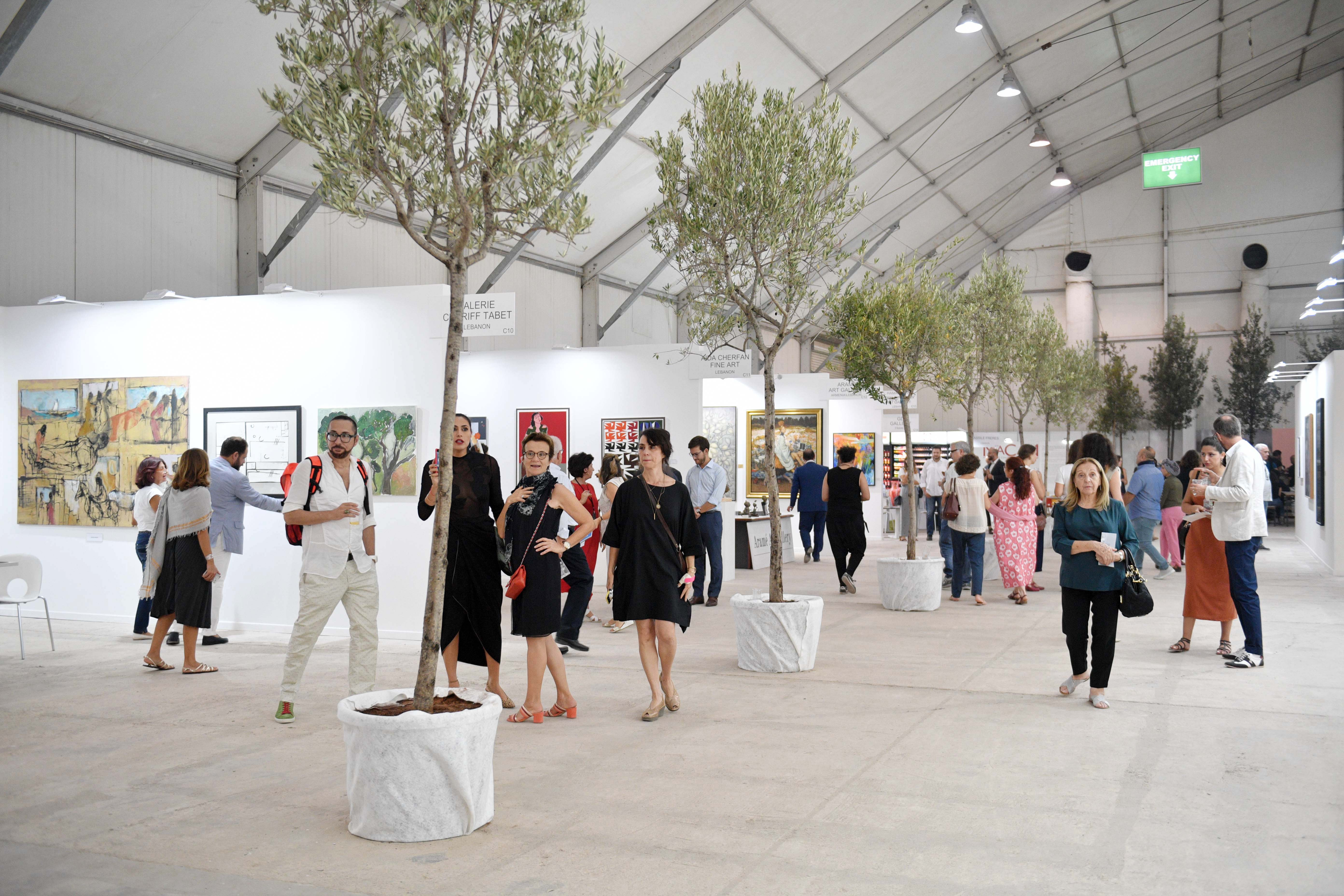
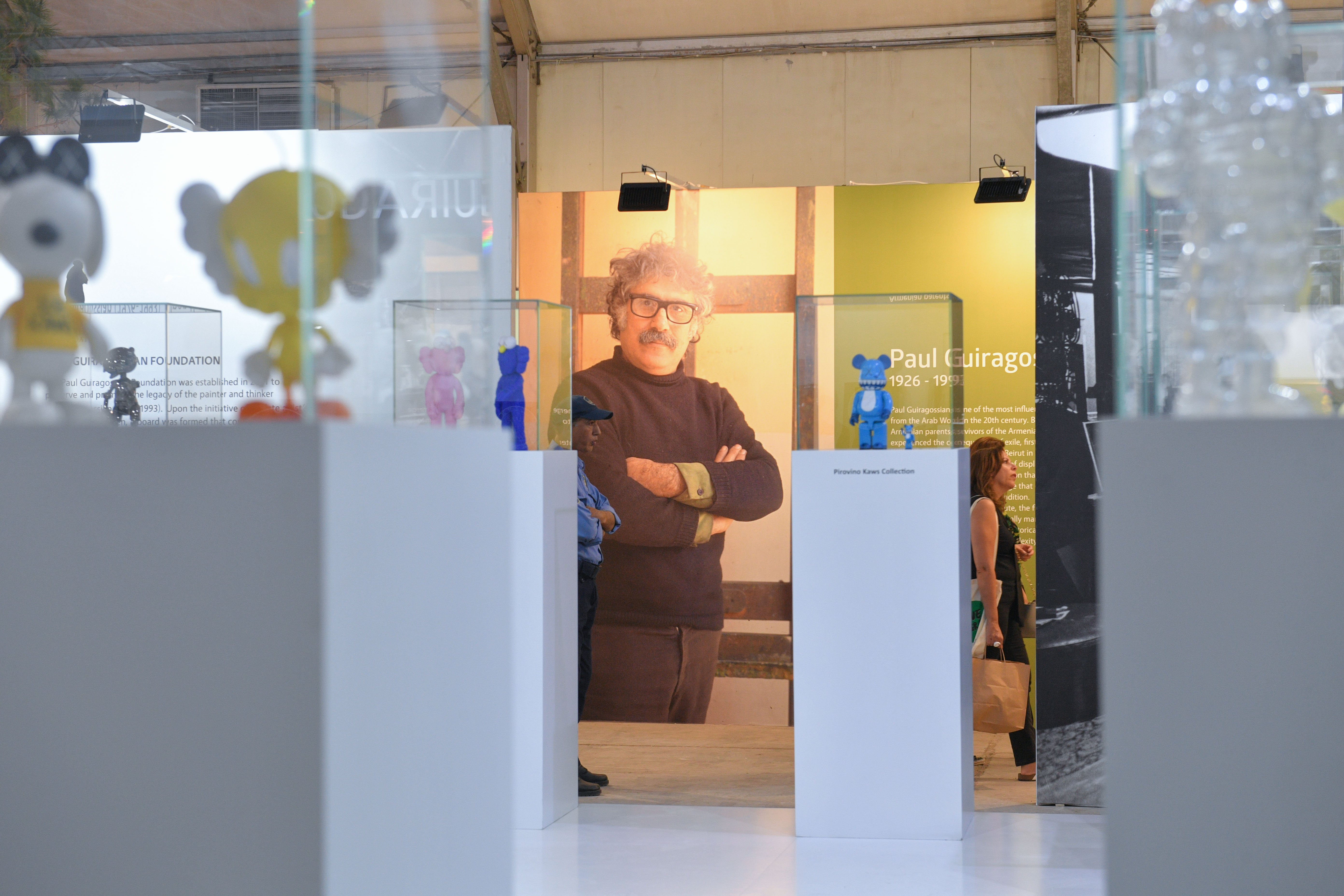
In addition to gallery representation, two exhibitions took place within the fair. One of these was a tribute to the life and work of Paul Guiragossian, an Armenian artist who lived and worked in Beirut. Curated by his daughter Manuella Guiragossian, the retrospective exhibition was based on the latest monograph Paul Guiragossian: Displacing Modernity, which was recently published by Silvana Editoriale. The exhibition at BEIRUT ART FAIR not only exhibited paintings and drawings, but also included photographs, sound and video recordings that had never before been exhibited to the public.
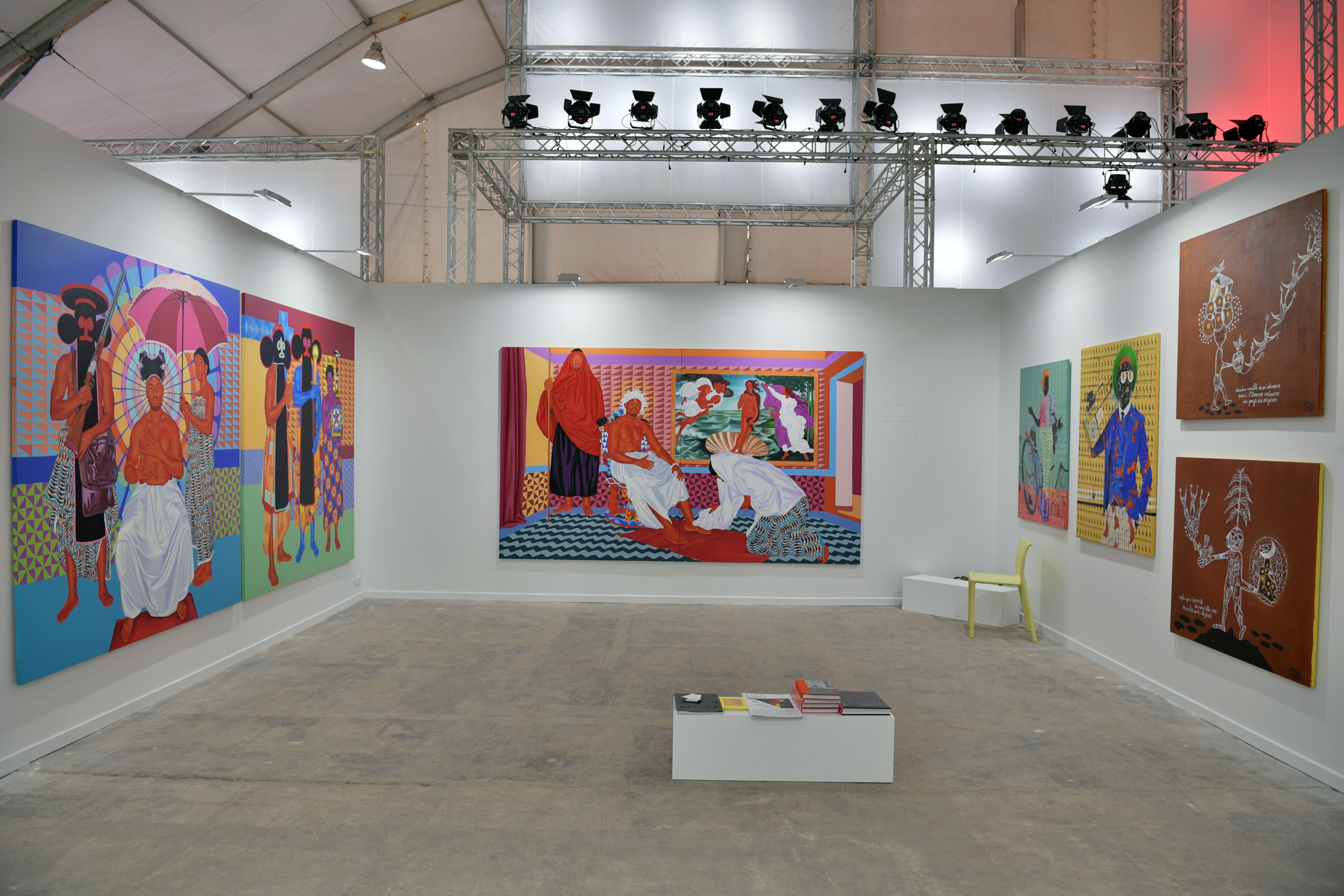
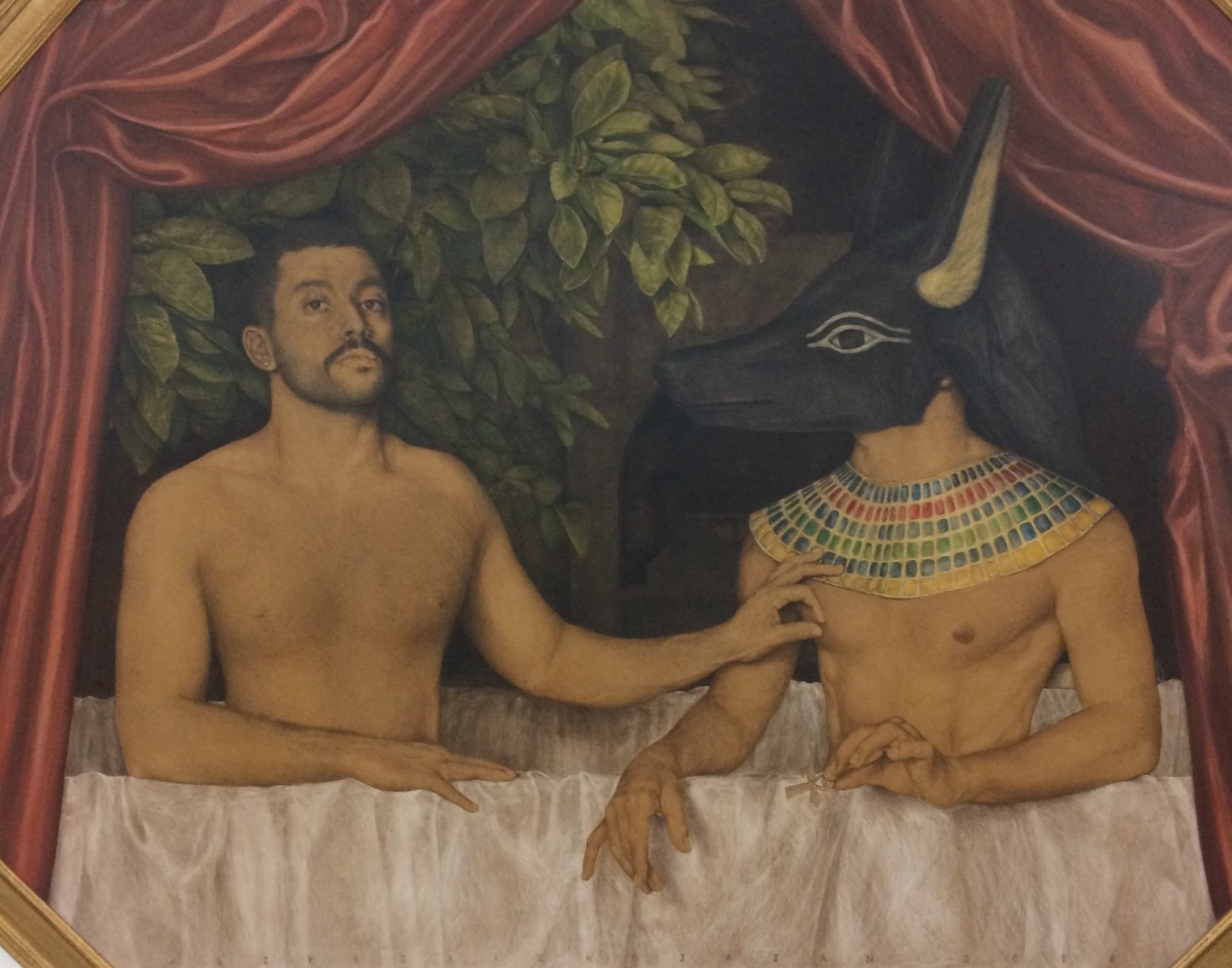
As well as the Paul Guiragossian exhibition, BEIRUT ART FAIR also included a photography exhibition titled Across Boundaries, which highlighted the evolution of Lebanese photography over the past century. Curated by Lebanese collector Tarek Nahas, the event included over 100 photographs that covered three themes: Territory, Document and Intimate. The exhibition comprised works from 30 collections, and included works by Manoug Alemian, on loan for the first time, with Lebanon’s first photographic studios having often been run by Armenian traders.
BEIRUT ART FAIR attracted a record number of visitors, and an impressive programme of concurrent events, highlighting the strength of the art scene in Lebanon.

